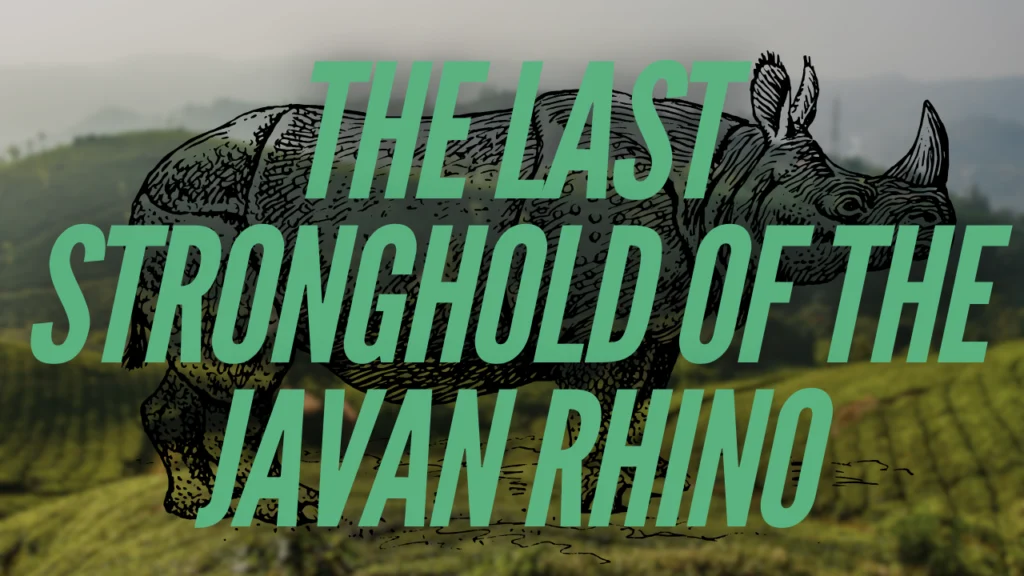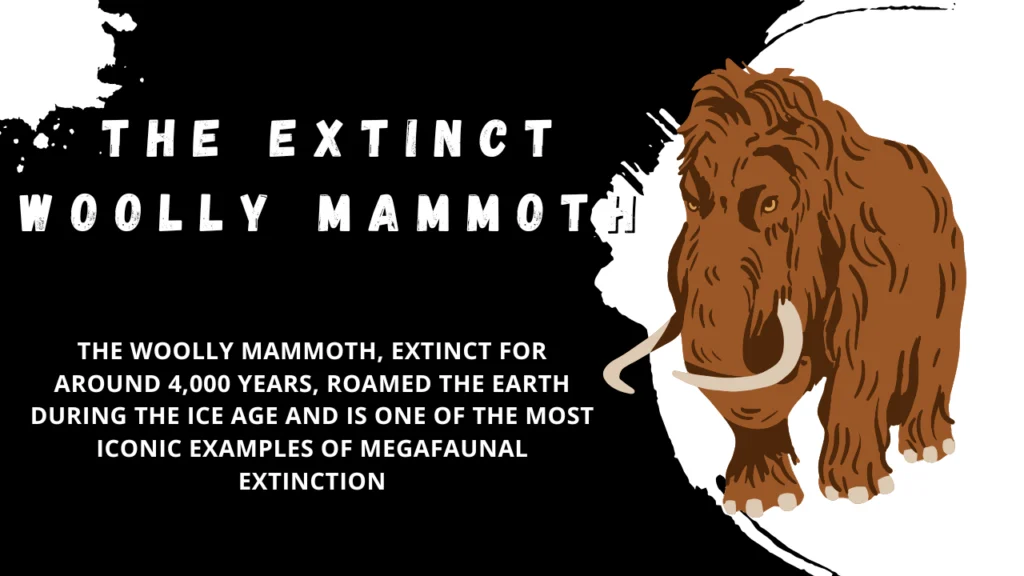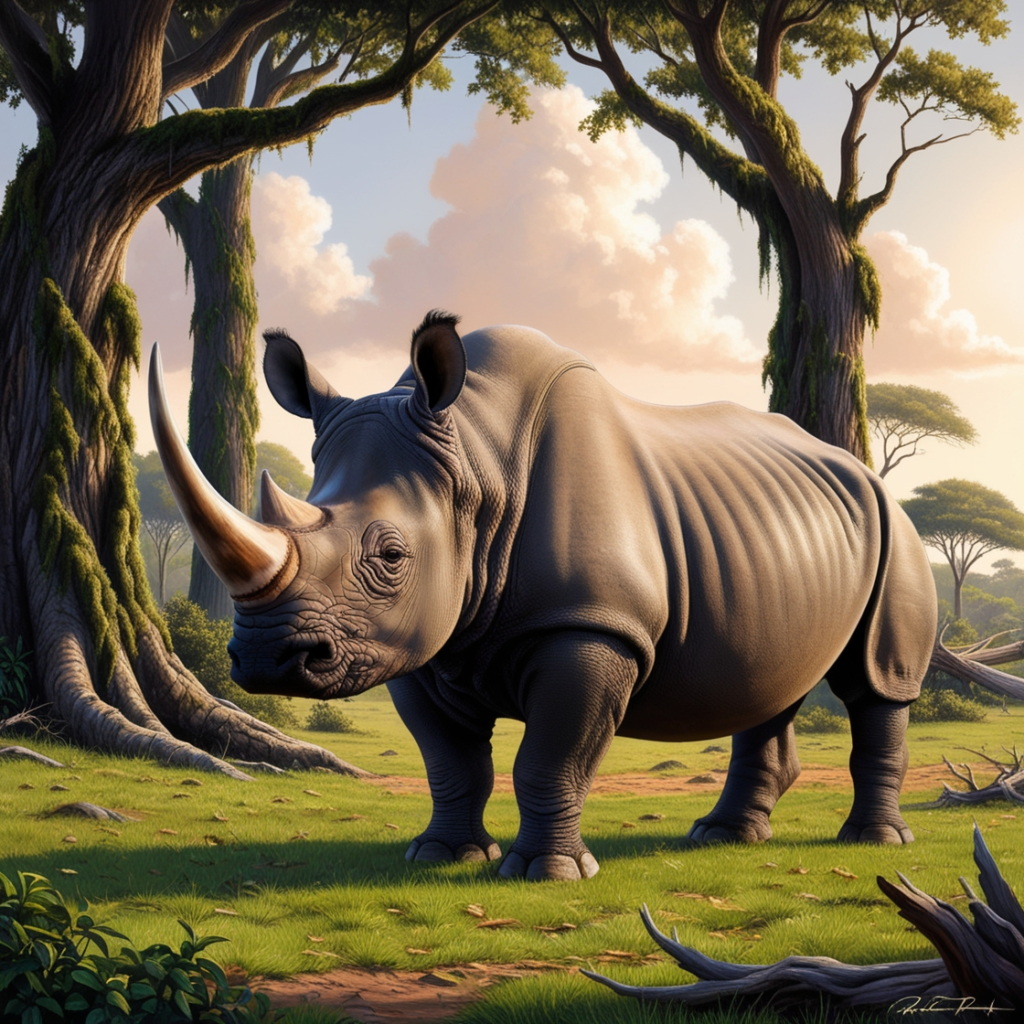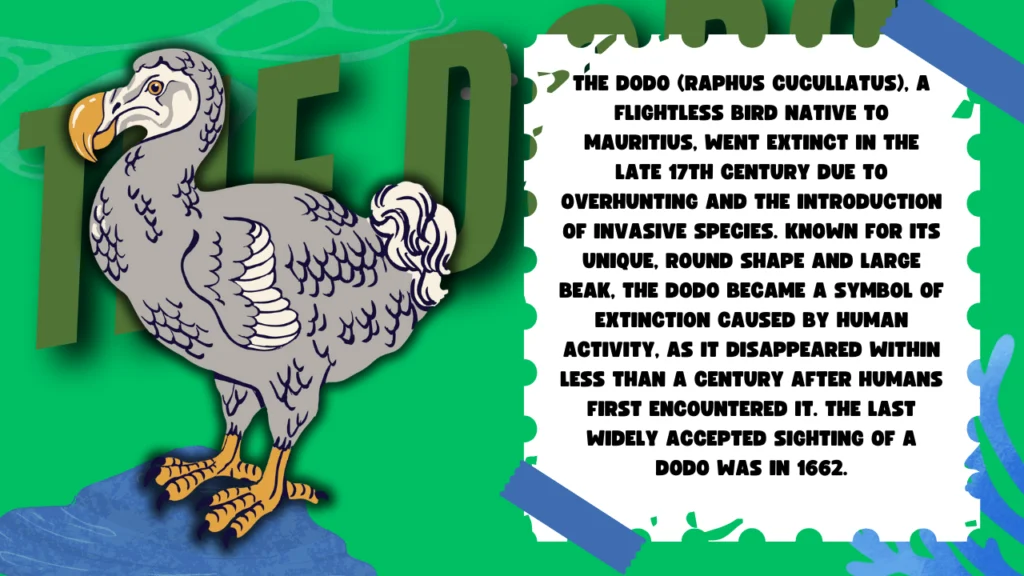What is the #1 Most Endangered Animal?

Introduction
Throughout Earth’s history, animals have faced extinction, but human activities have escalated the rate at which species are disappearing. Today, more than ever, wildlife across the globe is in peril due to deforestation, poaching, climate change, and habitat loss. Among the many species on the brink of extinction, one stands out as critically endangered: the Javan Rhino. But what makes this animal the most endangered, and why are others following closely behind?
Understanding Endangerment: What Does it Mean?
Before delving into the Javan Rhino’s precarious situation, it’s important to understand what it means for an animal to be classified as “endangered.” The International Union for Conservation of Nature (IUCN) maintains a “Red List” which categorizes species based on the level of risk they face. “Critically endangered” means a species is at extremely high risk of extinction in the wild, often due to small population sizes, habitat fragmentation, and human threats like poaching.
The Javan Rhino: The World’s Most Endangered Animal
The Last of Their Kind: Javan Rhino
With an estimated population of only 75 individuals left in the wild, the Javan Rhino is considered the most endangered large mammal on Earth. Once found throughout Southeast Asia, their range has been reduced to a single location: Ujung Kulon National Park in Java, Indonesia. Hunting and habitat loss have decimated their numbers, and today, these rhinos are confined to a small, shrinking refuge.
Why Are Javan Rhinos So Endangered?
Javan Rhinos face a multitude of threats. One of the most significant is poaching, driven by the demand for their horns in traditional medicine. Despite international bans, the illegal wildlife trade continues to threaten their survival. Additionally, the encroachment of invasive species, like the Arenga palm, further reduces the rhino’s food supply and habitat. Being isolated to one park also leaves the species vulnerable to natural disasters, diseases, and genetic inbreeding.
Other Critically Endangered Species
While the Javan Rhino is the most endangered, many other species are teetering on the brink of extinction due to similar threats.
Amur Leopard
Another critically endangered species is the Amur Leopard, with less than 100 individuals left in the wild. Found in the forests of eastern Russia and northern China, these leopards are threatened by habitat loss, poaching, and inbreeding due to their limited population size.
Tapanuli Orangutan
Discovered as a distinct species only in 2017, the Tapanuli Orangutan is already critically endangered, with fewer than 800 individuals left. Found in a small area of Sumatra, Indonesia, these great apes are losing their habitat to deforestation for palm oil plantations, as well as illegal hunting.
Vaquita
The Vaquita, a small porpoise found only in Mexico’s Gulf of California, is perhaps the most endangered marine mammal. With an estimated population of fewer than 20 individuals, this species is on the verge of extinction, primarily due to entanglement in illegal fishing nets.
The Bigger Picture: Human Impact and Mass Extinction
Today, scientists believe we are living through the Sixth Mass Extinction, an event driven not by natural disasters, but by human activities. Deforestation, climate change, overexploitation of natural resources, and pollution are all contributing to the rapid decline of biodiversity on Earth. Species are disappearing at a rate 1,000 times higher than the natural background rate of extinction.
Can We Reverse the Trend?
Efforts are being made to prevent these extinctions, but time is running out. Conservation programs aimed at protecting habitats, reducing poaching, and raising awareness are crucial. The Javan Rhino Conservation Program is one such example, working to protect the last remaining population in Indonesia. Similarly, efforts to reduce the illegal wildlife trade and promote sustainable agriculture can make a difference.
FAQ: What is the #1 Most Endangered Animal?
Why is the Javan Rhino the most endangered animal?
The Javan Rhino is considered the most endangered because of its incredibly small population of just 75 individuals, all of which are confined to one national park. They face threats from poaching, habitat loss, and inbreeding.
Are there any successful conservation efforts for the Javan Rhino?
Yes, the Ujung Kulon National Park in Indonesia is a protected area where efforts are being made to preserve the remaining population. However, more work is needed to ensure their survival.
How does climate change contribute to animal extinction?
Climate change affects ecosystems by altering temperatures, weather patterns, and sea levels, which can lead to habitat loss. For example, melting Arctic ice is threatening species like the polar bear, while rising sea levels impact coastal species like the hawksbill turtle.
Can animals on the brink of extinction be saved?
Yes, with aggressive conservation measures such as anti-poaching laws, habitat restoration, and rewilding programs, some species can recover. For instance, mountain gorillas have seen a population increase due to successful conservation efforts.
What can individuals do to help prevent extinction?
Supporting conservation organizations, reducing carbon footprints, promoting sustainable practices, and spreading awareness are all ways individuals can contribute to preventing species extinction.
Conclusion: The Urgency of Conservation
The fate of the Javan Rhino and many other critically endangered animals rests in our hands. If action is not taken soon, these species may vanish forever, marking another tragic chapter in the ongoing Sixth Mass Extinction. Through concerted global efforts, we can help preserve the world’s wildlife and ensure that future generations witness the incredible biodiversity that makes our planet unique.



